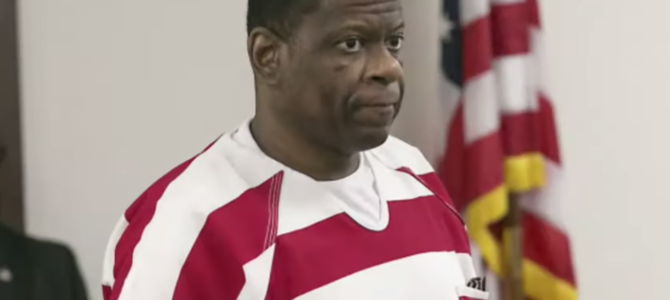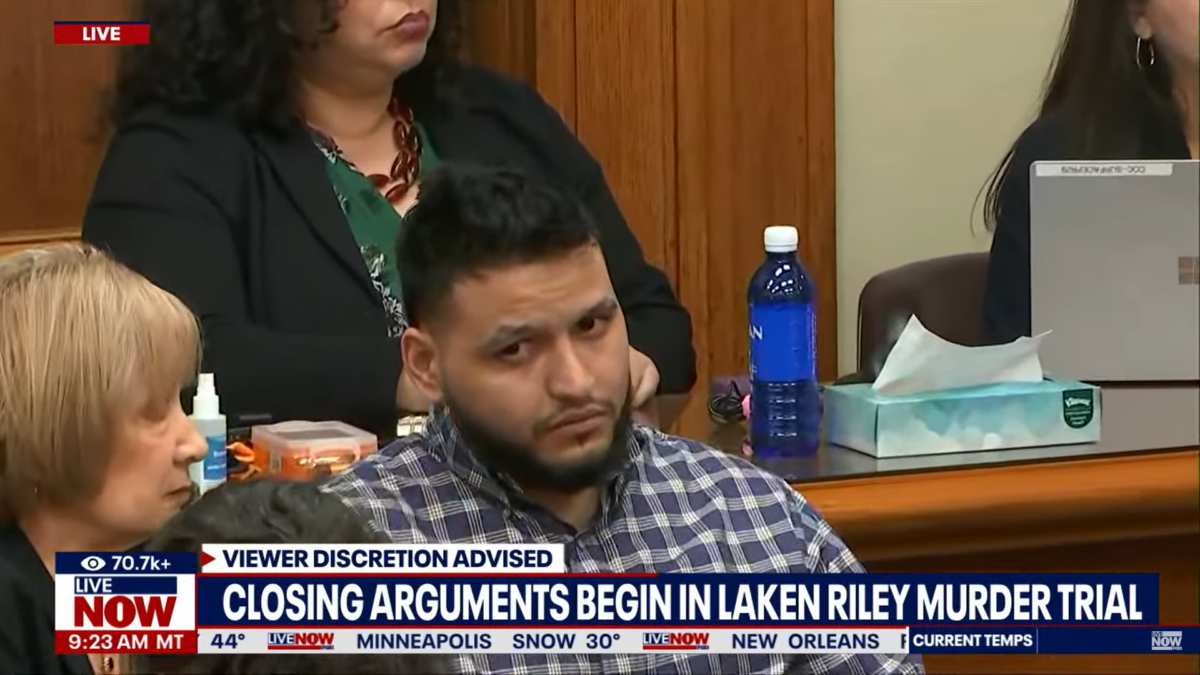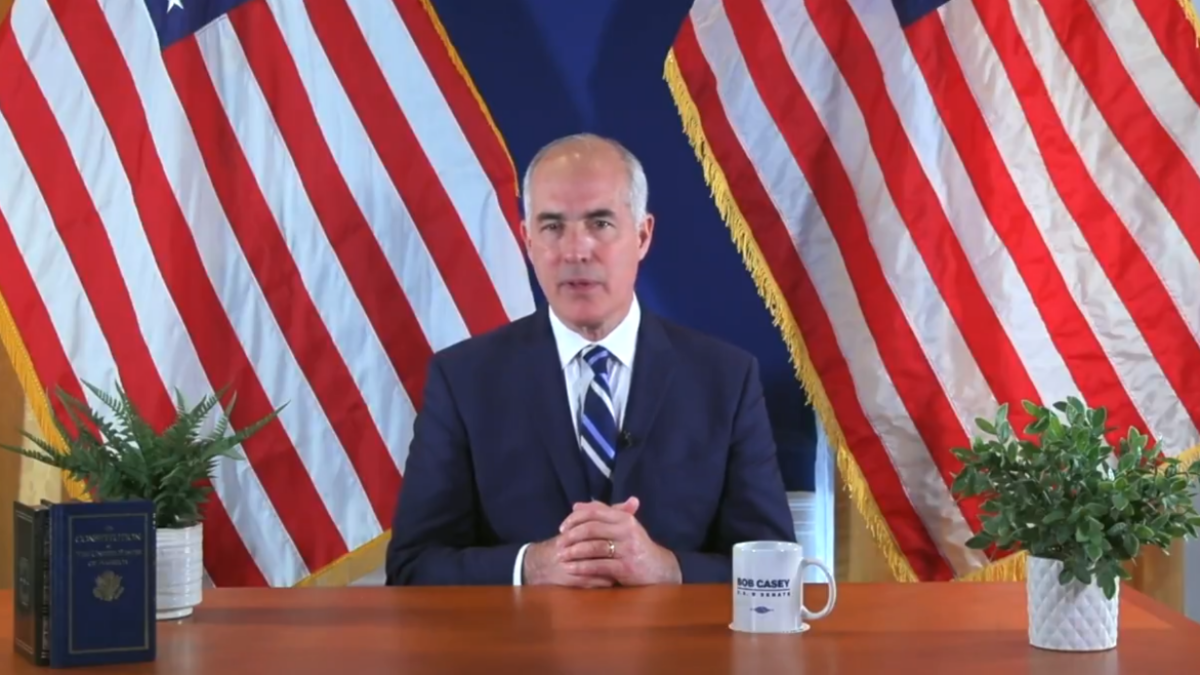
In just one week from today, on Nov. 20, the state of Texas is set to be guilty of judicial murder by executing Rodney Reed, a man some believe to be innocent. Reed has been in prison since 1996, after he was convicted of the rape and murder of 19-year-old Stacey Stites.
While exhausting his appeals, he has maintained his innocence for more than 20 years. Now, celebrities and members of Congress from Rihanna and Oprah Winfrey to Sens. Ted Cruz and Kirk Watson have banded together in a noble attempt to stop his killing.
Texas Gov. Greg Abbott and the Texas Board of Pardon and Paroles have a moral duty to grant a reprieve of execution to Rodney Reed to ensure he is truly guilty before possibly making the grave mistake of executing an innocent man.
Rodney Reed Was Convicted for Stacey Stites’ Murder
On the morning of April 23, 1996, Stites didn’t show up for work. Her fiancé Jimmy Fennell’s truck that she had borrowed to drive to work was found abandoned. That afternoon, Stites’ half-clothed, lifeless body was found lying in a wooded area in Bastrop, Texas, a small town of just more than 5,000 people. She had been strangled to death with a belt. Her killer left behind no physical evidence, and even her fingernails had been cut short, which some believe the killer did in an attempt to rid her body of evidence leading back to him.
With a lack of other forensic evidence, police latched on to whatever they could, and in this case, they focused on the sperm found inside Stites’ body. The DNA matched to Reed, who says he had been secretly dating Stites, although evidence of this relationship was severely lacking at his trial.
When police questioned him, Reed initially denied having any relations with Stites, which he now says “was the worst mistake I ever could have made.” He went on to explain, “I denied everything. I did not want to be incriminated, implicated, or anything in relation to her death.” That lie cost him his freedom. During Reed’s trial, the police used that statement and the evidence of his sperm to convict him.
In court, Reed told the jury that he had consensual sex with Stites the day before she was killed. But despite the allure of a $50,000 reward for information, nobody would testify in court in defense of his claim. It wasn’t until 20 years later that Stites’ cousin and co-worker came forward to claim Reed and Stites did have a romantic relationship. It would probably be difficult for Stites’ close friends and family, while they were mourning her loss, to think she was unfaithful to her fiancé, but now, they’re no longer staying silent.
Is Jimmy Fennell the Real Killer?
At the trial, the prosecution convinced the jury that because the sperm was still intact, scientifically speaking, Reed’s timeline and claims of consensual sex were impossible. The forensic science of 1996 indicated that Reed had sex with Stites the morning of her death, implicating him as the only known person with her on that fateful morning. This convinced the jury Reed was guilty.
The outdated science used in the trial has since been disproved, and the medical examiner who testified at Reed’s trial has since revised his testimony. Additionally, due to the advancement of modern testing and understanding of forensic evidence at the crime scene, scientists can now prove the prosecution’s timeline used to convict Reed is scientifically implausible — meaning Reed could be innocent.
Many, including multiple cousins and an uncle of Stites, believe the real murderer is Jimmy Fennell. Fennell, a former police officer, was just released from prison in 2018 after having served 10 years for kidnapping and sexually assaulting a woman while on duty as an officer. Another inmate, Arthur Snow, claimed in a signed affidavit that during his prison stay, Fennell confessed to murdering Stites and is still angry with her for having an affair with a black man.
Fennell denies these claims, and his attorney Bob Phillips says, “All the evidence makes it plain as day that Rodney Reed is the killer and these fantastic 11th hour attempts to implicate Jimmy are the same song, 200th verse.” Phillips apparently won’t concede that “all the evidence” used to convict Reed has since been whittled to finding Reed’s DNA on Stites’s deceased body.
Texas Must Not Risk Killing an Innocent Man
The criminal justice system is inherently flawed, for it was created and is operated by imperfect human beings. To demonstrate, in America, currently 2,513 exonerations have totaled a combined 22,094 years of freedom lost. Mistakes have been and inevitably will continue to be made, but it’s important for a country that believes in justice to always work to correct those mistakes, no matter how big, costly, or timely. Reed’s case should be no exception.
Whether you believe Reed is innocent or not, the current evidence, with only a small portion mentioned above, undermines his conviction. Texas should not take this lightly. Even if he is not immediately freed, authorities must halt his execution and pay due diligence to make sure he is absolutely guilty before ending his life. They owe this not only to Reed, who has already spent a good portion of his life behind bars, but to Stites, her family, and everyone who has been wrongfully victimized by the criminal justice system.
Convicting an innocent person is awful, and the government should work to prevent it at all costs. But killing an innocent person goes far beyond awful — it is an utterly grotesque deterioration of justice. Whether pro-death penalty or not, Americans on both sides of the debate are standing together in this moment to prevent this failure from occurring. More than 2.6 million people have signed the petition to stop Rodney’s execution for this exact reason.
Texas should not risk killing an innocent man, and this cannot be emphasized enough. The governor and Board of Pardons and Parole need to intervene immediately to stop Reed’s execution before it’s too late.









